How and when did the observance of Lent begin?
Why 40 days?
Why do we fast?
In any case, like in other aspects of the life of the Church, the first signs of anorganic structure of this liturgical season became apparent in the fourth century. At the end of the fourth century, the city already recognized the Lenten calendar of forty days.
The celebration of Easter is considered inarguably the primordial feast of the liturgical year. Dating back to the second century, the Church started to celebrate every year the Paschal Mystery of Christ, preaching the need for an adequate preparation, through prayer and fasting, according to the ways of Christ. An example is the pious practice of fasting on Good Friday and Black Saturday.
Passed from one generation to another, this period of Easter preparation became common and easily incorporated into the life of the Christians until it took up the form of the liturgical reality that we now know as the Lenten Season.
The demands of the catechumenate and the guidelines for the penitents upon receiving the Sacrament of Reconciliation during that time were doubtlessly influential in how Lent was observed. The primitive celebration of Easter thus acknowledged a preparatory fast on the Friday and Saturday before Easter.
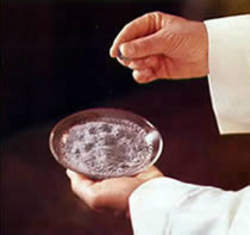
Accounts of this practice can be found in Traditio Apostolica, a document from the third century, when it was required of the candidates for baptism to fast on Friday and do a vigil on the evening of Saturday. On the other hand, in the third century, the Church of Alexandria, very much united with the Roman See, observed a whole week of fasting preceding the Easter celebrations.
In any case, like in other aspects of the life of the Church, the first signs of an organic structureof this liturgical season became apparent in the fourth century. However, during that time, while the observance of Lent of forty days became strongly rooted in the life of the Christians, the period of Easter preparation was limited in Rome to three weeks of daily fasting, except Saturdays and Sundays. This pre-Easter fast of three weeks was maintained for a short time in full practice because at the end of the fourth century, the city already recognized the Lenten calendar of forty days.
The Lenten season of six weeks started probably linked to the practice of penitence: the penitents started their intense preparation on the sixth Sunday before Easter and fasted until the day when they receive the sacrament of reconciliation which takes place during the Eucharistic service on Holy Thursday. Since this period lasted 40 days, it was named Quadragesima or Lent. During the first phase of the implementation of the Lenten season in the Church, only the Eucharistic services on Sundays were celebrated, and during the week non-Eucharistic assemblies existed on Wednesdays and Fridays.
However, at the end of the sixth century, the assemblies on Mondays, Wednesdays and Fridays already celebrated the Holy Eucharist. Later, new assemblies on Tuesdays and Saturdays were added. And finally, during the pontificate ofGregory II (715-731), a Eucharistic celebration on Thursdays of Lent was officially endorsed and authorized. Towards the end of the fifth century, the Wednesday and Friday before the first Sunday of Lent started to be celebrated as if it formed part of the period of penitence, probably as a means to compensate for the Sundays and the days during which the fast was not observed.
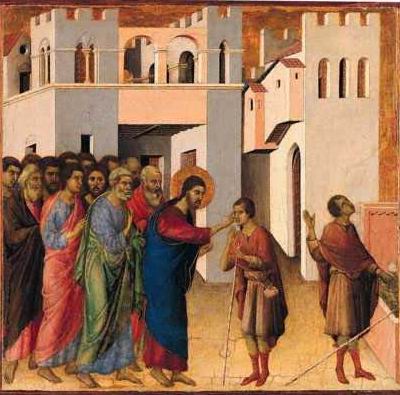
On the Wednesday before the onset of Lent, the penitents participated in an act of imposition of ashes as part of an order of canonical penitence. Even upon the expiration of the order, the faithful continued to administer the rite: this is the origin of the Ash Wednesday or Feria IV anerum.
Why 40 days?
The theological meaning of Lent is very rich but at the same time doctrinally “peculiar”.
In effect, when the fast was limited to two days – or to a week at the maximum – this liturgical praxis was able to be justified by the sadness of theChurch before the absence of its Spouse, or by the anxiety brought about by the “long wait”; while the Lenten fast ever since it started had its own proper implications, imposed by the symbolic meaning of the number 40.
In the first place, it shouldn’t be forgotten that all Western Church tradition starts Lent with the reading of the Gospel of the temptation of Jesus in the desert; the Lenten season consists of an experience similar to that of Jesus in the desert for forty days.
During Lent, the Church lives an intense spiritual combat, as lived in the practice of fasting and abstinence. In this manner, they also manifest the 40 years of pilgrimage of the Israelites through Sinai.
Other symbolisms maintain the association of Lent with the number 40, as alluded to in both Old and New Testaments. The number 40 evokes an idea of preparation: forty days of Moses and Elijah before their encounter with Yahveh; forty days of Jonas before he attained penitence and pardon; forty days of fasting of Jesus before the start of his pubic ministry.Lent is a period of preparation for the celebration of the Paschal solemnities: of Christian initiation and the reconciliation of the penitents.
Finally, the Christian tradition has also interpreted the number 40 as an expression of thetemporariness of the present life, in anticipation of the afterlife. The Second Vatican Council (cfr SC 109) has explained that Lent possesses a double dimension, baptismal and penitential, and has emphasized further its character of being a time of preparation for Easter in a climate of alertness for the Word of God and incessant prayer.
The Lenten season ends on the morning of Holy Thursday with the Chrismal Mass –Missa Chrismalis – which the bishop co-celebrates with his presbyters. This Mass represents the communion of the bishop and his presbyters in the one and same priestly ministry of Christ. During the celebration, the holy Chrism is also consecrated.
The Season of Lent starts on Ash Wednesday and ends with the Mass of the Lord’s Supper. Ash Wednesday is a day of fasting and abstinence while the Fridays of Lent are days of abstinence.
+ info –
What is Lent?



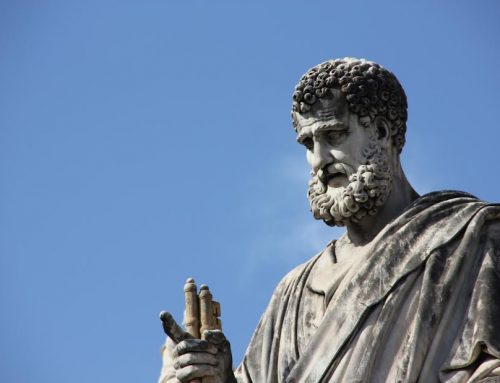
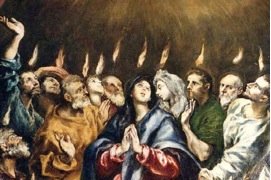
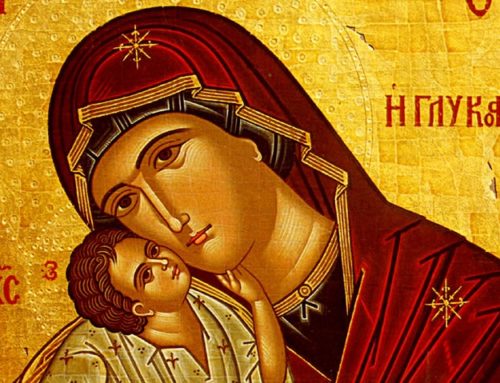
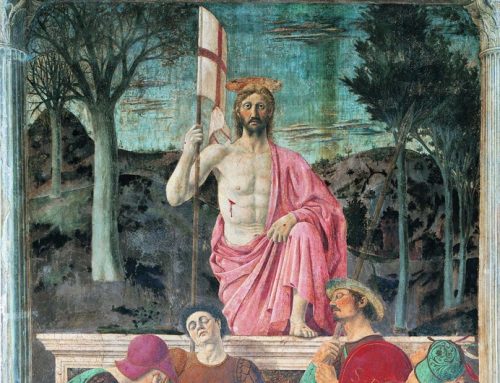
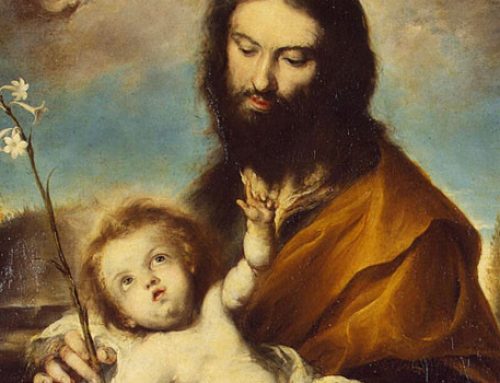
Leave A Comment
You must be logged in to post a comment.